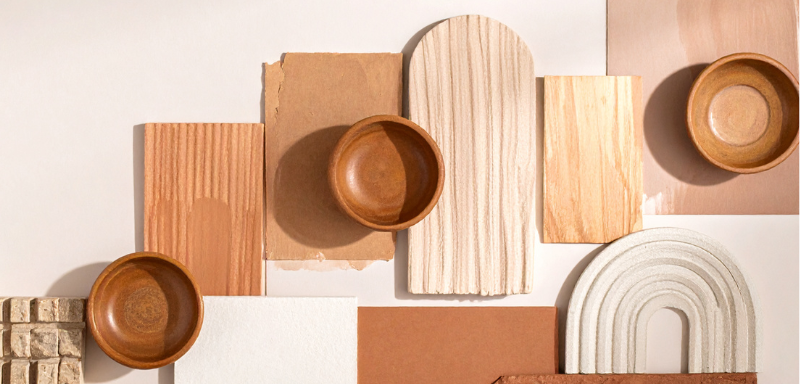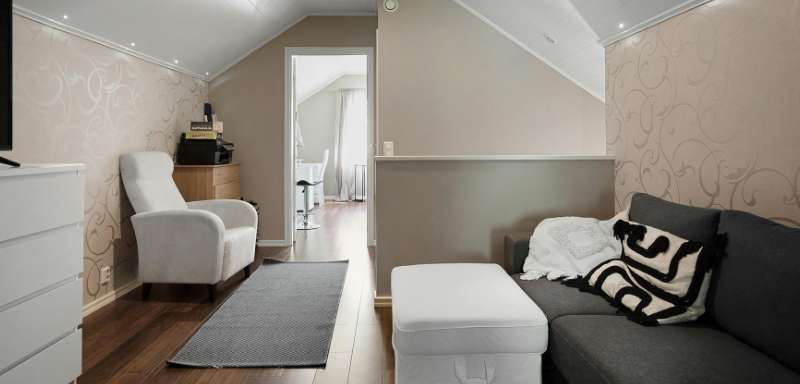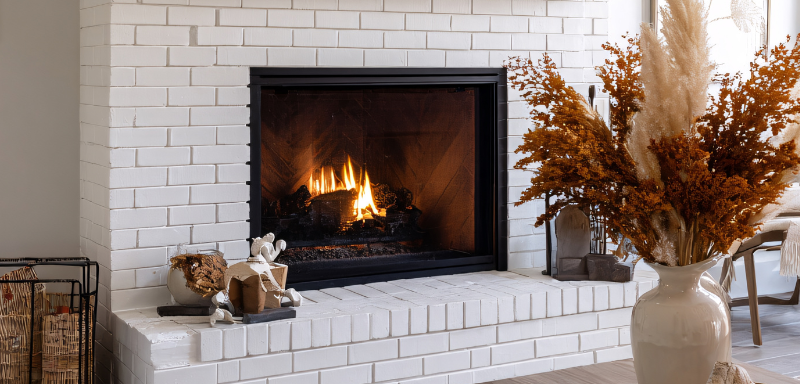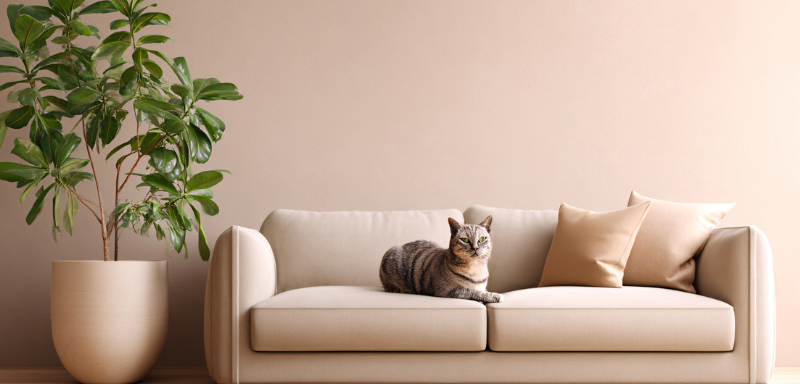Choosing the right artwork for your home is about more than style. The right piece brings emotion, balance, and identity to every corner.
From sleek city apartments to cozy family homes, thoughtful art placement helps express who you are while enhancing the mood and purpose of each space.
Whether you lean toward modern prints, vintage posters, local crafts, or large-scale photography, every piece has the potential to transform a room.
This article shares how to match the art with your home’s lighting, colors, layout, and emotional tone, room by room.
Why Art Placement Matters in Interior Design
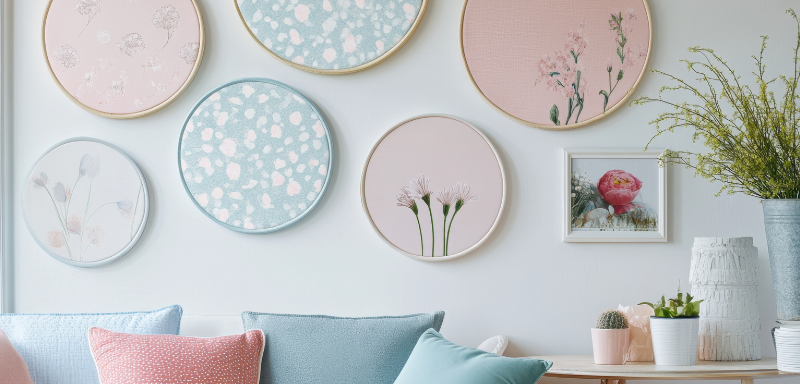
Art adds soul to architecture. It draws the eye, creates atmosphere, and reflects personality. But without intention, even the best piece can feel misplaced.
Great design blends function and expression. Artwork should support a room’s use while sparking curiosity, comfort, or conversation.
Lighting, wall size, ceiling height, and even furniture shape all influence where and how art fits best. The right context enhances both the room and the artwork.
Instead of thinking about decoration, think about harmony. Art is part of the room’s story—not an afterthought.
By approaching placement thoughtfully, you build an environment that feels cohesive, dynamic, and uniquely yours.
Matching Art with Room Function
Each room has a purpose. Your art should echo that purpose while adding energy, calm, or contrast.
In busy kitchens, choose light-hearted or graphic pieces that uplift the space. In bedrooms, soft tones and flowing forms create restfulness.
Living rooms benefit from bold statement pieces or curated gallery walls that reflect your interests or travels.
Hallways and entryways call for art that invites or intrigues. A single striking image can turn a transitional space into a focal point.
Bathrooms, often overlooked, shine with small framed works, botanicals, or abstract textures that resist humidity.
Consider the Mood and Emotion of the Space
Before you hang anything, ask how the room should feel. Should it be energetic, peaceful, or intimate?
Warm colors and fluid brushwork evoke calm. High contrast or graphic styles bring life and movement.
Photography adds realism and memory. Abstract pieces suggest interpretation. Local crafts lend warmth and grounded beauty.
The art doesn’t have to match the decor exactly. It just needs to support the emotion you want to evoke.
Choosing art becomes easier when you focus on mood instead of theme.
Lighting and Color Harmony
Lighting makes or breaks the impact of art. Both natural and artificial light affect how colors appear and how textures are perceived.
Avoid direct sun on delicate materials. Choose spots where light falls evenly without glare.
Warm-toned walls benefit from earthy, sepia, or gold-accented artwork. Cool-toned rooms work well with blues, grays, or crisp black-and-white photography.
If your palette is neutral, use art to introduce color. If your space is bold, choose pieces that complement or gently contrast.
Good lighting and color balance ensure that art doesn’t just exist. It glows.
Wall Size and Art Scale
The size of the wall dictates the scale of the artwork. Too small, and it gets lost. Too large, and it overwhelms.
Use these quick tips:
- For large walls, choose big canvases or create a gallery of smaller pieces
- Above furniture, art should be about two-thirds the width of the piece below it
- Don’t be afraid of negative space. Breathing room gives art power
- Tall, narrow walls favor vertical compositions
- Wide walls can handle panoramic or multi-piece arrangements
Finding the right scale helps the artwork feel like part of the architecture.
Types of Art and Where They Shine
Different forms of art thrive in different spaces. Here’s a visual guide to help you decide:
| Art Type | Best Rooms | Effect |
|---|---|---|
| Photography | Living room, hallway, bedroom | Adds realism, memory, and visual narrative |
| Abstract paintings | Bedroom, bathroom, office | Evokes emotion, color balance, or energy |
| Posters | Kitchen, media room, teen bedrooms | Brings fun, nostalgia, and personality |
| Gallery art | Dining room, study, foyer | Elevates mood, sparks conversation |
| Local crafts | Entryway, bathroom, kitchen | Adds warmth, culture, and handmade charm |
The best placement celebrates the piece while enriching the space.
Gallery Walls: Curate with Intention
Gallery walls are popular for a reason. They tell a story through multiple voices. But without care, they can become cluttered or chaotic.
Start with a theme. Use color, subject, shape, or emotion as your guide. Keep spacing consistent. Mix frame styles thoughtfully.
Lay out the arrangement on the floor before hanging. Or use paper cutouts to visualize the wall before committing.
Balance is key. Mix sizes, but create symmetry or flow so the viewer’s eye can move comfortably across the display.
A curated gallery wall becomes a dynamic conversation piece and a true reflection of your style.
Art in Unexpected Places
Don’t limit yourself to obvious walls. Surprising placements create delight and uniqueness.
Try art above a doorframe, inside a bookshelf, or hanging in a powder room. Even the kitchen backsplash wall can support framed pieces if protected.
Art in narrow corners or alcoves draws attention to forgotten architectural details. Small pieces work great here.
These playful choices give character to underutilized spaces.
Framing and Hanging Tips
Presentation matters. The right frame enhances and protects your art while tying it into your decor.
Matting adds elegance and air. Thin black or wood frames offer a modern touch. Gold or ornate frames bring classical contrast.
Hang at eye level, about 58 inches from the floor to the center of the piece.
Use two hooks for stability. For heavier art, secure into studs or use wall anchors.
Framing isn’t just functional. It’s part of the art’s voice.
Seasonal and Rotating Displays
Your art collection doesn’t have to stay fixed. Rotating art by season or mood keeps your home fresh and responsive.
In spring, bring out botanicals or pastels. In winter, hang richer tones and textured pieces.
A rotating approach lets you enjoy more of your collection while tuning the home to your current rhythm.
Use labeled storage for easy swaps. Even one changed piece can refresh a whole room.
This method also allows your space to evolve with you.
Art and Personal Identity
Your home is a canvas, and the art you display is a reflection of who you are. Choose pieces that represent your values, memories, and dreams.
Whether it’s a photo from a meaningful trip or a print from a favorite artist, each piece can express a chapter of your story.
Avoid following trends blindly. Let your intuition and taste guide you toward pieces that feel like home.
Surrounding yourself with meaningful art builds emotional connection and makes your space more welcoming to others.
Budget-Friendly Ways to Curate Art
Great art doesn’t have to be expensive. There are many creative ways to build a collection that fits your budget.
Explore local art fairs, online marketplaces, or student galleries. Print digital works and frame them affordably.
Mix high and low pieces. Pair a gallery investment with thrift store finds or DIY creations.
Art books, postcards, or calendar pages can also be framed beautifully and meaningfully.
Your collection doesn’t need to be prestigious. It just needs to feel right for you.
Choosing Art for Shared Spaces
When decorating shared areas, like family rooms or kitchens, consider art that speaks to more than one person’s taste.
Discuss preferences with housemates or family. Look for common themes, colors, or styles you can agree on.
Neutral abstract pieces, photography, or nature scenes often resonate broadly while adding sophistication.
Balance bold pieces with quieter companions to keep the room visually inclusive.
Shared art can build connection and make everyone feel reflected in the home.
Supporting Emerging Artists and Local Talent
One of the most fulfilling ways to build your collection is by supporting emerging artists or local creators. These pieces often carry unique perspectives and authentic stories.
Attend open studios, community art shows, or local galleries. You’ll discover hidden gems and connect with artists personally.
Buying directly helps independent creatives and brings original work into your space. It also adds depth and intention to your collection.
Each local piece becomes a talking point. It forms a visual link between your home and the creative pulse of your community.
This support fosters growth in the art world while giving your home something truly one of a kind.
Creating Art Yourself for Personal Touch
Art doesn’t have to come from a gallery to be meaningful. Creating your own artwork adds a deeply personal layer to your home.
Whether you paint, photograph, collage, or write calligraphy, your creations bring your energy into each room.
DIY art projects can be fun, meditative, or collaborative with family or friends. They remind you that creativity lives inside you.
Even if you’re not a professional, your effort and emotion can shine through. That’s what makes it beautiful.
Homes that feature self-made art radiate authenticity, storytelling, and a sense of pride in everyday creativity.
Art for Kids’ Rooms and Creative Play Spaces

Children’s rooms are the perfect canvas for playful, inspiring art. Choose pieces that grow with them, like whimsical animals, space scenes, or alphabet prints.
Art should invite curiosity and imagination. Interactive pieces like chalkboard walls or magnet boards blend creativity and function in one frame.
Involve kids in the selection process. Let them pick favorite themes or colors. This gives them ownership and pride in their personal space.
Use colorful frames or unexpected placements, like art below eye level, to match their perspective. Think fun, not formal.
Art in kids’ rooms doesn’t just decorate. It nurtures growth, emotion, and wonder every day.
The Role of Texture in Art Selection
Texture brings depth and dimension to visual art. It engages not just the eye, but also the senses. It adds warmth or contrast to flat walls.
Canvas brushstrokes, textile art, and mixed-media pieces create tactile richness. They’re especially effective in cozy nooks or minimalist spaces.
Choose textured art for areas where lighting highlights surfaces. The shadows and reliefs add dynamic interest throughout the day.
Textural variation also balances clean-lined furniture or neutral palettes. It makes the space feel more inviting and lived-in.
Incorporating texture is a subtle but powerful way to elevate the emotional tone of a room.
Art as a Tool for Mindful Living
Art can encourage daily mindfulness by inviting reflection, calm, or joy. A well-placed piece becomes a moment of pause in a busy routine.
Use visuals that center your thoughts or remind you to breathe. Abstract pieces, natural photography, or soft illustrations promote peaceful moments during the day.
Try placing calming art near entryways, kitchens, or workspace walls. This subtly shifts your energy as you transition between tasks or spaces.
Mindful art selection turns decor into an emotional anchor. It gives purpose to the visual flow of your home.
Living with intention includes visual choices. Let your walls support your inner rhythm.
Combining Art with Nature Indoors
Art and nature share emotional power. When used together, they enrich interiors with harmony and life.
Pair botanical prints with real plants. Display landscapes near windows to extend the view. Let nature themes echo natural light and materials.
Consider art made from organic textures like wood, pressed leaves, or stone. These blur the line between crafted and natural.
The connection to nature grounds your space. It also reflects biophilic design principles that support well-being.
Bringing art and nature together builds a home that breathes beauty and balance.
Conclusion: Make Art Personal and Intentional
There’s no universal rule for placing art. Use guiding principles to bring out the best in your home and collection.
Choose art that speaks to you. Place it with care. Let it shape the space while reflecting the feeling you want to live with.
Whether bold or quiet, large or small, every piece adds meaning when placed with purpose.
Your walls are not just surfaces. They’re storytellers. Choose wisely, and they’ll speak volumes.
Related Content
